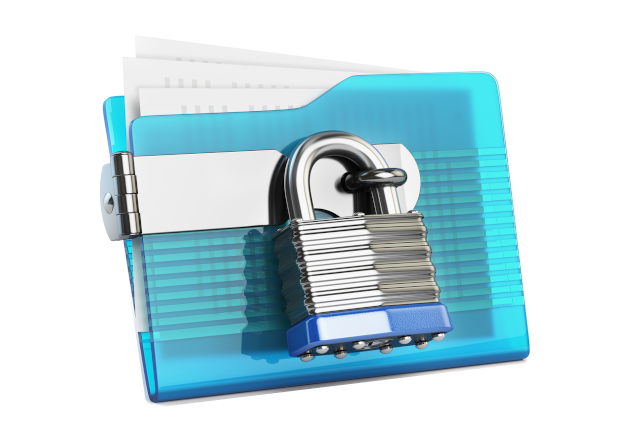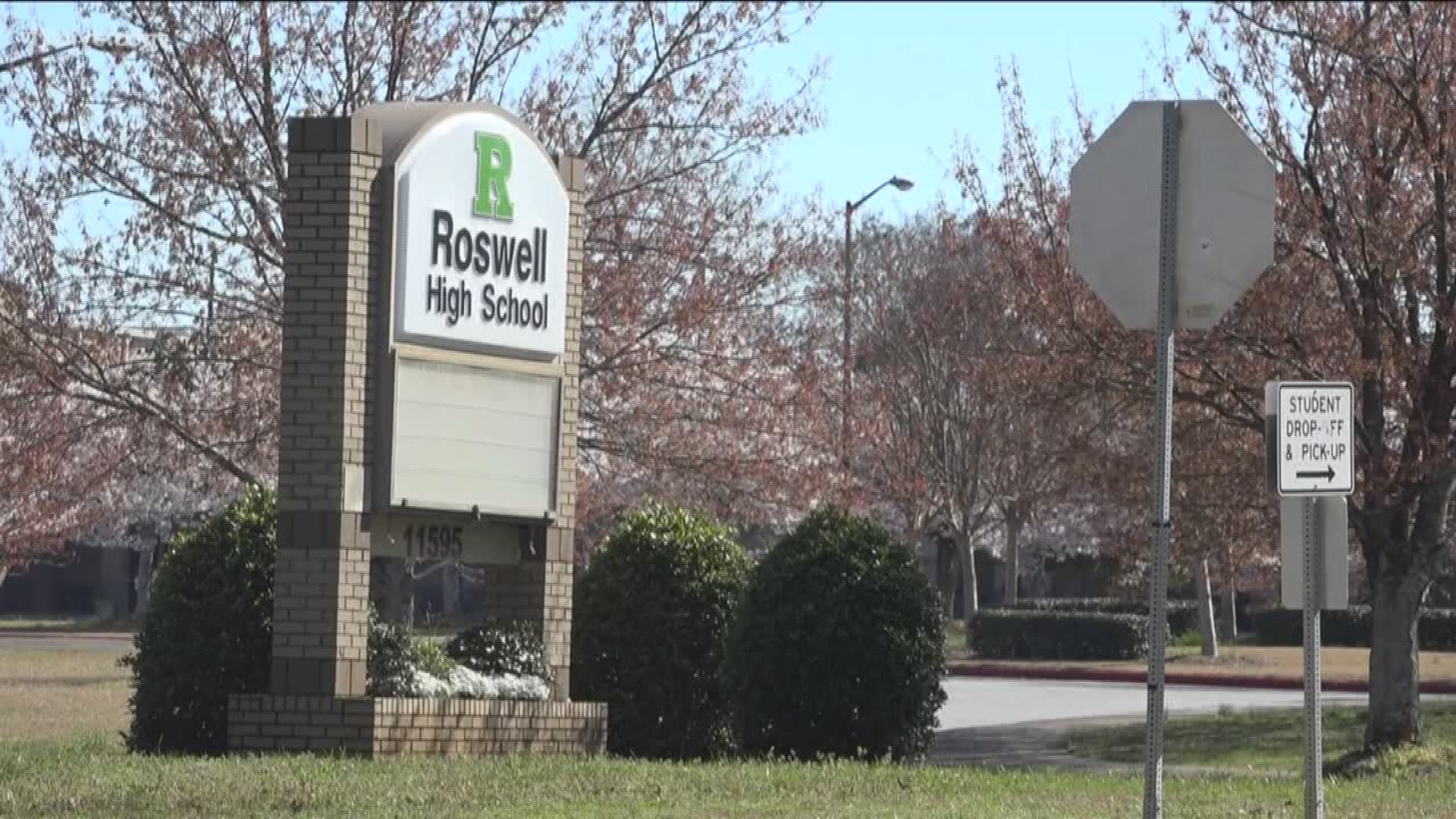

Look at the list of versions, each with a date, and look for the version you want.From anywhere within the folder, right-click and select Properties.Open Windows Explorer and open the folder that contained the overwritten file.Once that’s confirmed, simply follow these steps to recover your file: In order to recover an overwritten file that was saved locally on your Windows PC, you’ll need to have had the File History feature enabled. How to recover overwritten files on a Windows PC Luckily, recovering files that have been overwritten due to human error can be quite simple.

Once that new data is stored to the same location, recovery of the original overwritten data becomes much more difficult. When a file is deleted, it’s often not actually removed from the hard drive, but rather the location on the drive where the file is stored is marked as available for overwriting with new data.

In addition to manually saving over a version of a file, the term overwriting can also refer to the overwriting of the storage space itself. It might be that you were just experimenting, such as trying some changes to a digital illustration or video edit, and didn’t mean to overwrite your original copy.įile deletion and overwriting of storage space You returned to a file, made some changes and then saved the file – either accidentally or intentionally.You meant to overwrite a file with a new version but clicked on the wrong one.You’ve gone to save a new file and accidentally clicked on an existing file before hitting Save.Here are just a few examples of common mistakes that could lead to a file being overwritten: If a file has been saved over, there’s a pretty good chance that it’s the result of human error in some shape or form. Let’s be honest, files don’t overwrite themselves.



 0 kommentar(er)
0 kommentar(er)
